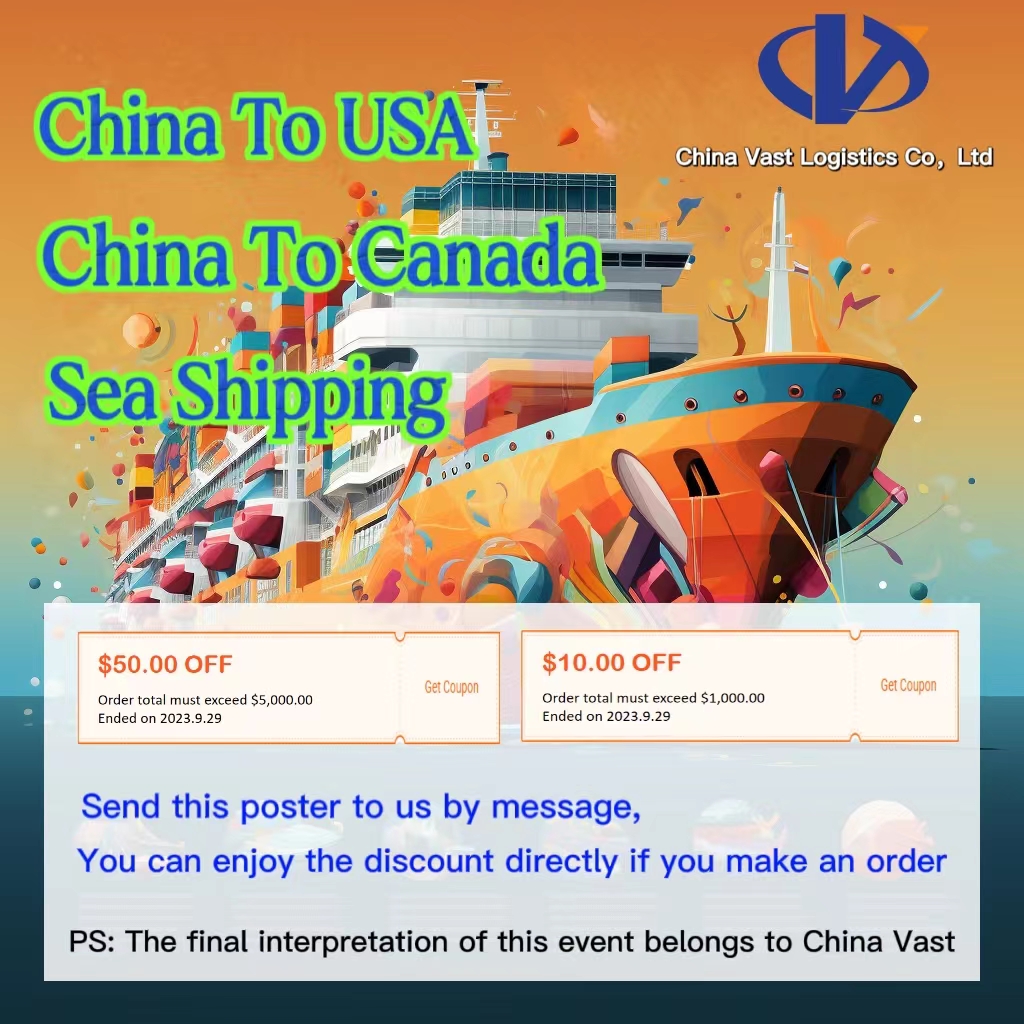Shipping containers are the backbone of global trade, offering standardized, secure, and versatile solutions for transporting goods across the world. Understanding their types, capacities, and limitations is essential for efficient logistics planning.
🛠️ I. Common Types of Shipping Containers
1. Dry Container
The most widely used type, ideal for general dry cargo such as clothing, electronics, and household goods.
Available in 20ft, 40ft standard, and 40ft high cube (HQ).
High cube containers are best suited for light, bulky cargo.
2. Open Top Container
Features a removable or open roof, allowing cargo to be loaded from the top.
Perfect for oversized, heavy, or irregularly shaped items like machinery or steel.
A waterproof tarpaulin is required to protect cargo from weather conditions.
3. Reefer Container (Refrigerated)
Equipped with a temperature-control system for perishable goods.
Used for food, seafood, pharmaceuticals, and other temperature-sensitive cargo.
Temperature range typically adjustable from -30 °C to +30 °C.
4. Flat Rack Container
No roof or side walls — only a base and end walls.
Designed for extra-long, wide, or heavy cargo such as vehicles, pipes, and industrial equipment.
Cargo must be securely lashed to prevent shifting during transport.
5. Tank Container
Built for transporting liquids, gases, or chemicals.
Commonly used for edible oils, beverages, and chemical products.
Fill level must not exceed 95% to allow for liquid expansion.
6. Ventilated Container
Fitted with ventilation openings on the sides.
Ideal for moisture-sensitive goods like coffee beans, garlic, or cocoa.
Prevents mold formation by ensuring airflow.
7. Garment Container
Equipped with clothing rails inside.
Used for shipping apparel, keeping garments wrinkle-free and ready for retail.
📦 II. Standard Container Sizes, Capacity & Weight Limits
| Container Type | External Dimensions (L×W×H, m) | Internal Volume (m³) | Max Gross Weight (kg) | Max Payload (kg) |
|---|---|---|---|---|
| 20ft Dry (20GP) | 6.06 × 2.44 × 2.59 | ~28 | 30,480 | ~28,000 |
| 40ft Dry (40GP) | 12.19 × 2.44 × 2.59 | ~56 | 30,480 | ~26,480 |
| 40ft High Cube (40HQ) | 12.19 × 2.44 × 2.89 | ~68 | 30,480 | ~26,280 |
| 45ft High Cube (45HQ) | 13.72 × 2.44 × 2.89 | ~86 | 30,480 | ~25,610 |
| 20ft Reefer (20RF) | 6.06 × 2.44 × 2.59 | ~28 | 24,000 | ~21,200 |
| 40ft Reefer (40RF) | 12.19 × 2.44 × 2.59 | ~59 | 32,500 | ~28,020 |
| 20ft Open Top (20OT) | 6.06 × 2.44 × 2.59 | ~31.5 | 30,480 | ~28,000 |
| 40ft Open Top (40OT) | 12.19 × 2.44 × 2.59 | ~65 | 30,480 | 30,480 |
| 20ft Flat Rack (20FR) | 6.06 × 2.44 × 2.21 | ~28 | 30,000 | ~27,210 |
| 40ft Flat Rack (40FR) | 12.19 × 2.44 × 2.21 | ~50 | 45,000 | ~39,600 |
⚠️ Important Notes
Weight Restrictions:
Rules may vary by shipping line, port, or region. Some terminals cannot handle containers exceeding 30 tons gross weight. Always confirm in advance.Net Load vs. Gross Weight:
Net payload = Maximum gross weight − Container tare weight.20GP tare weight: ~2.2–2.5 t
40GP tare weight: ~3.8–4.2 t
Always leave a safety margin to avoid overweight issues.
Special Cargo Considerations:
Oversized or overweight cargo requires the right container type and advance coordination with your logistics provider to ensure safe handling and transport.
Conclusion:
Choosing the right container depends on your cargo’s characteristics — weight, volume, temperature requirements, and handling method. Always verify container specifications and weight limits with your carrier or freight forwarder before booking to ensure a smooth shipping process.

